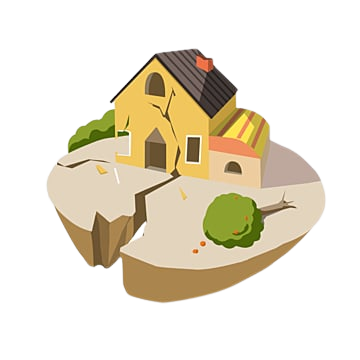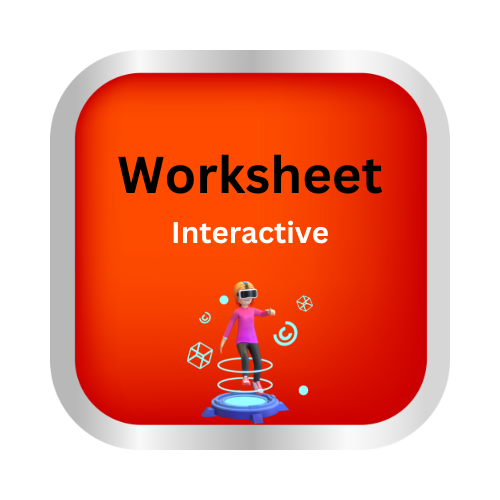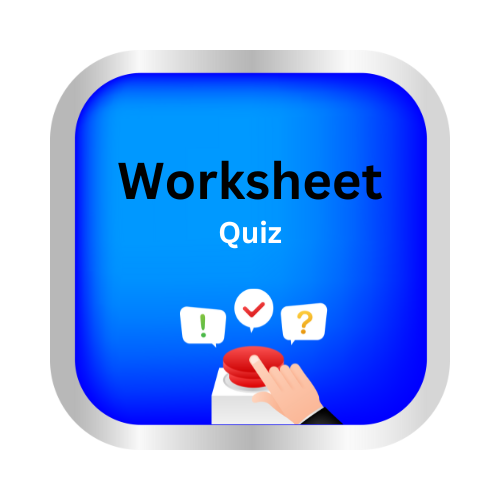Earthquakes

Key Notes:
1. What is an Earthquake?
– An earthquake is the shaking of the Earth’s surface caused by the sudden release of energy in the Earth’s crust.
– This energy release is usually the result of the movement of tectonic plates.
2. Causes of Earthquakes:
– Most earthquakes are caused by the movement of tectonic plates.
– Earthquakes can also be triggered by volcanic activity, landslides, and human activities such as mining and reservoir-induced seismicity (from filling large reservoirs).
3. Tectonic Plate Movement:
– Earth’s outer shell is divided into large pieces called tectonic plates.
– These plates are always moving, but they can get stuck along their boundaries. When they suddenly slip, it causes an earthquake.

4. Focus and Epicenter:
– The point inside the Earth where the earthquake begins is called the “focus” or “hypocenter.”
– The point directly above the focus on the Earth’s surface is called the “epicenter.”
5. Seismic Waves:
– Earthquake energy travels in the form of seismic waves.
– There are two main types of seismic waves: P-waves (Primary waves) and S-waves (Secondary waves).
6. Measuring Earthquakes:
– Earthquakes are measured using instruments called seismometers.
– The magnitude scale most commonly used is the Richter scale.
7. Effects of Earthquakes:
– Earthquakes can cause buildings and bridges to collapse, landslides, tsunamis, and damage to roads and infrastructure.
– People and animals can be injured or killed in earthquakes.
8. Safety Tips:
– During an earthquake, “Drop, Cover, and Hold On” is a recommended safety action.
– After an earthquake, be cautious of aftershocks, and have an emergency kit ready.
9. Famous Earthquakes:
– Some famous earthquakes include the 1906 San Francisco earthquake, the 2011 Tohoku earthquake and tsunami in Japan, and the 1994 Northridge earthquake in California.
10. Earthquake Preparedness:
– Communities in earthquake-prone areas should have earthquake preparedness plans in place and build structures to withstand seismic activity.
Let’s practice!

